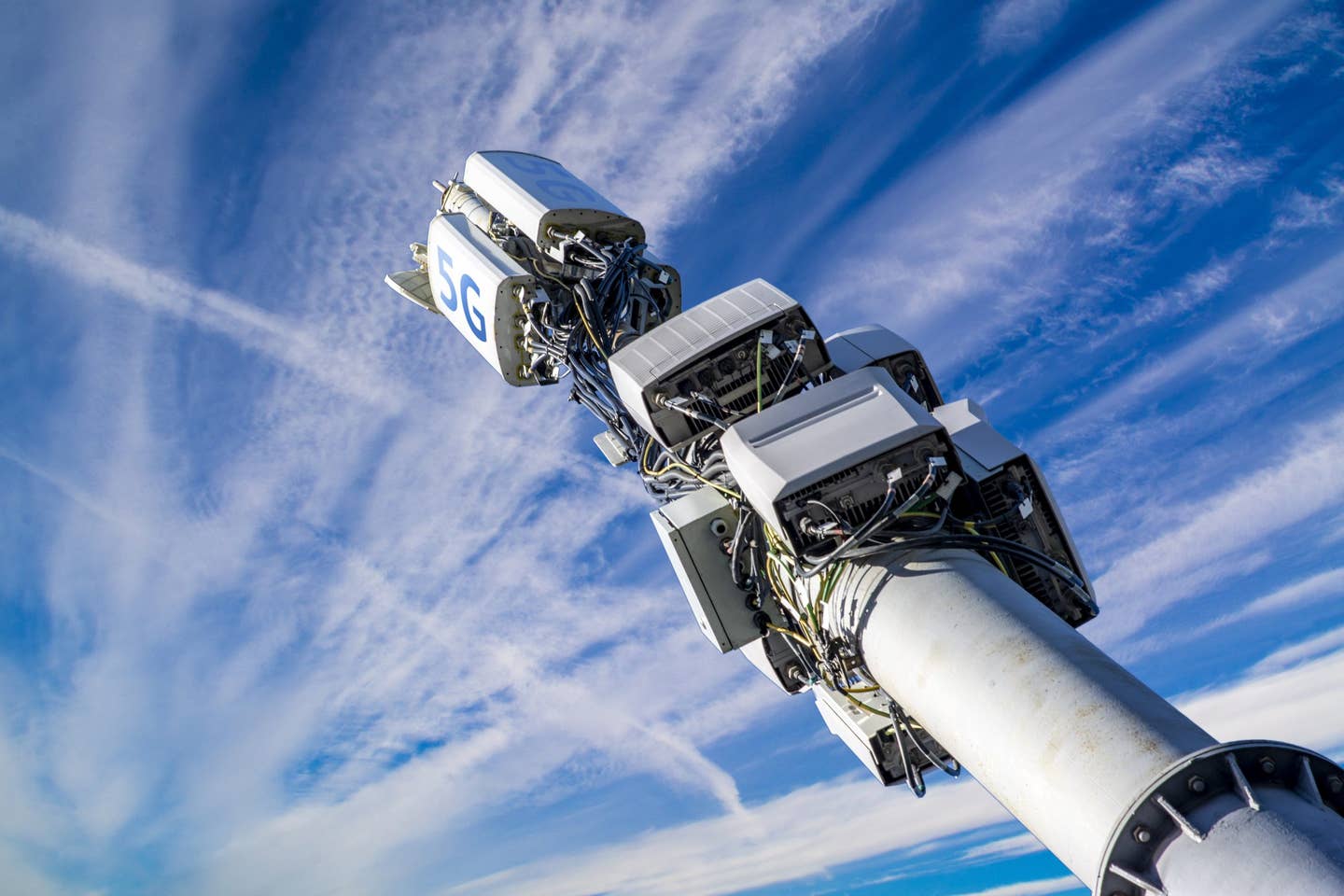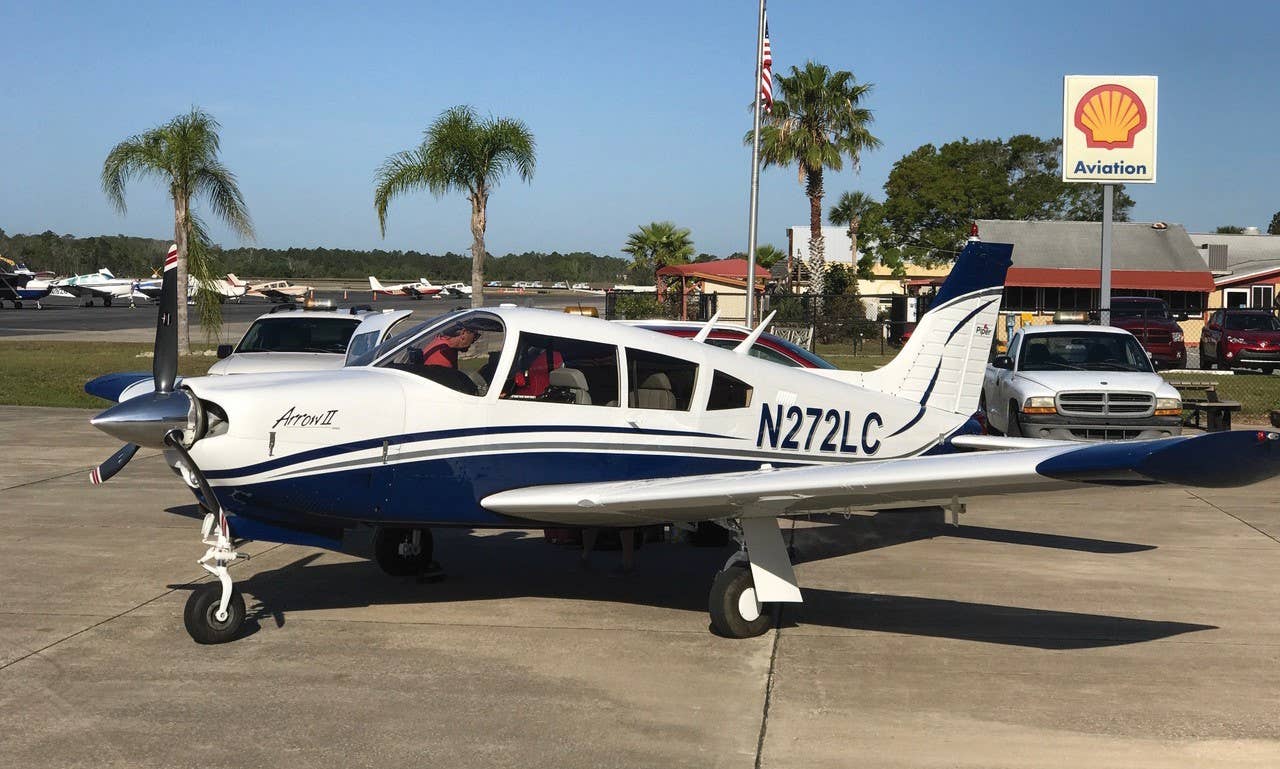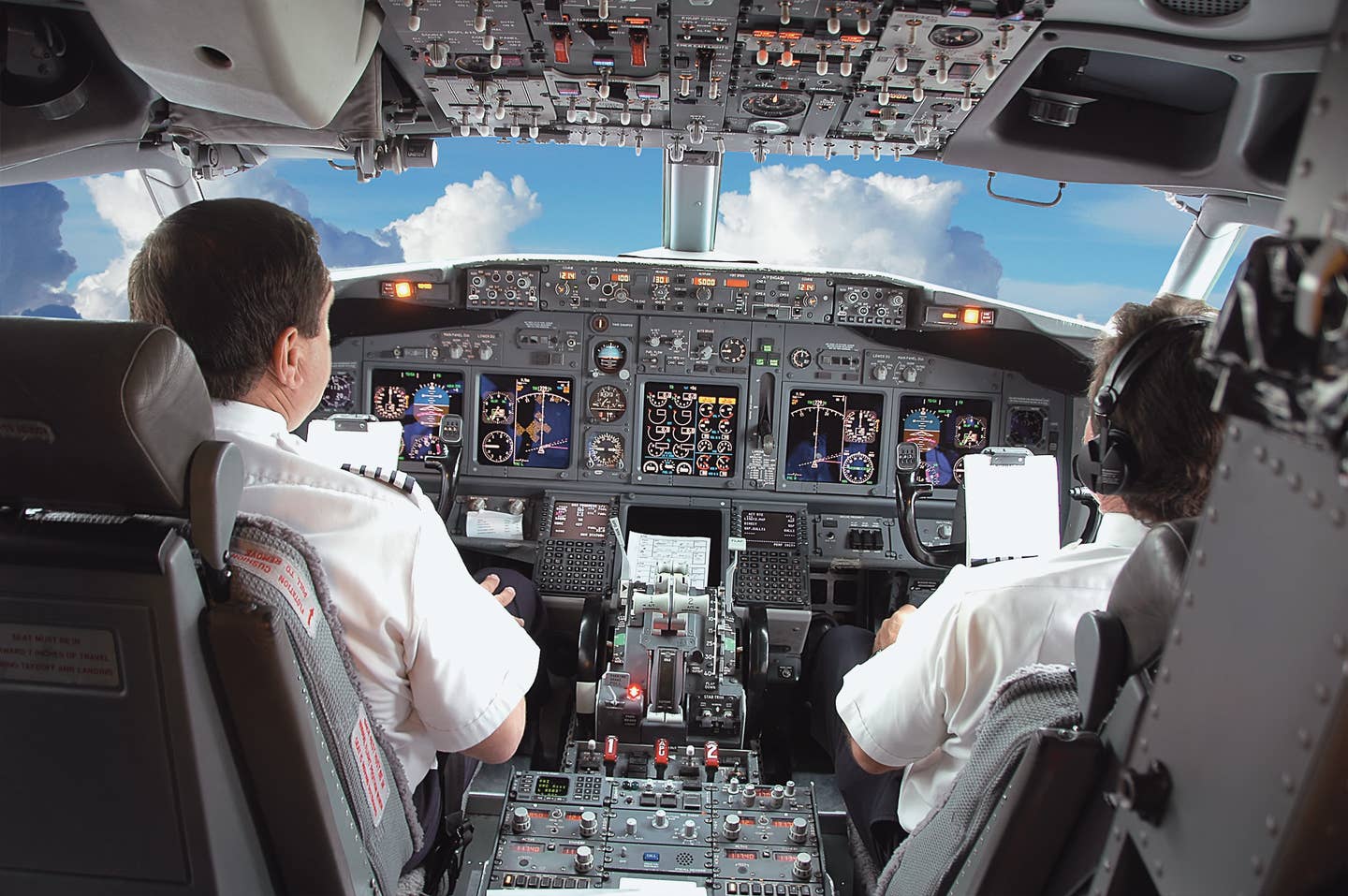
Those in and around aviation were well aware of the dangers of the 5G issue. Credit: Adobe Stock
The conundrum of possible 5G interference with cockpit radio altimeters should not have become a topic-de-jour media blitz.
Why?
Just by implication, it is apparent that aviation leadership at management and pilot levels was well aware of the danger. Apparently, nothing was done to definitively solve the problem. Predictably, the first reaction, once the cat was out of the public bag, was to blame the FAA and then, of course, the FCC.
And it’s easy to vilify the evil cellular phone companies as well. But Verizon and AT&T are multibillion-dollar businesses doing their best to launch a technology that will improve service for customers and increase profits for shareholders. They haven’t ignored the aviation interference issue but rather left it for the alphabet soup of government regulators to sort it out.
The Upside of 5G
Although most of us assume the only advantage of 5G is increased download and data speeds, the technology also increases bandwidth dramatically. More customers can utilize the transmission capability from the same cellular tower at one time. As an example, merchants at large events—i.e. EAA AirVenture in Oshkosh—that use mobile credit card readers won’t be bogged down by network overloads for customer purchases. Ironically, it will also allow for more robust service at airport terminals.
Give Verizon and AT&T at least some credit for offering a second reprieve in delaying the 5G rollout around key airports where telecommunication towers are within close proximity. Those 50 airports are listed on the FAA’s website.
The FAA’s Moves
During the first delay agreed to at the 11th hour at the beginning of January, the FAA claims to have spent the time:
- Analyzing pertinent 5G data from the cellular companies
- Facilitating the sharing of the data with avionics manufacturers
- Assisting in managing/minimizing airline delays and cancellations
- Making determinations that GPS approaches could be used as an alternative at some airports
- Educating stakeholders
- Providing airlines with alternate methods of compliance (AMOC) procedures to demonstrate radio altimeters are safe in the 5G environment.
Wow. Really?
Shouldn’t the above actions have been done years prior? I’ll admit not having knowledge of behind-the-scenes activity, but 5G technology development has been more than just a twinkle in an engineer’s eyes for at least five years.
At this point, it’s not important who dropped the ball. The problem needs to be fixed. Period.
The True Problems
As most aviators are aware, radio altimeters provide height information above the ground as opposed to barometric altimeters, which provide pressure altitude above sea level. In most airplanes manufactured today, the system is always operational without a switch; only a circuit breaker will disable the system.
“At this point, it’s not important who dropped the ball. The problem needs to be fixed. Period.”
Although discussion in the news media has focused on low-visibility approaches—i.e. CAT II/CAT III—as being the 5G threat to radio altimeter function, there’s more to the story. Height above the ground is used for ground proximity warning systems (GPWS) or terrain awareness warning systems (TAWS), both critical threat-aversion tools. Additionally, the radio altimeter is integrated with inhibit systems during critical phases of flight, primarily takeoff and landing. Inhibit systems prevent certain cautions and warnings from tools such as GPWS and TAWS from becoming a distraction at low altitudes.
Also, during the conduct of a low-visibility approach—especially with autoland systems in use—certain altitudes require certain parameters be satisfied otherwise a go-around must be performed. Inaccurate height information above the ground becomes a serious threat. Finally, most modern airplanes using a radio altimeter system provide for automatic aural height callouts above the runway during all landings. Experienced pilots don’t necessarily need the callouts to determine when to flare, but it is a useful situational awareness tool.
With the radio altimeter rendered ineffective from 5G interference, the systems dependent on its information are no longer operational for minimum equipment list (MEL) purposes. Essentially, the potential exists that the airplane is unable to be dispatched to or from a particular airport.
And let’s not forget about our corporate brothers and sisters. The NetJets and FlexJets of the world often fly into airports outside of the 50 airports the FAA listed as having buffer zones. The same applies to cargo operations as well. These folks will also be limited by their MELs and operational procedure protocol.
Bottom line: A solution to the 5G problem must be resolved without finger-pointing. And it must be resolved pragmatically with safety as the top priority. And let’s not rush the process.

Subscribe to Our Newsletter
Get the latest FLYING stories delivered directly to your inbox






